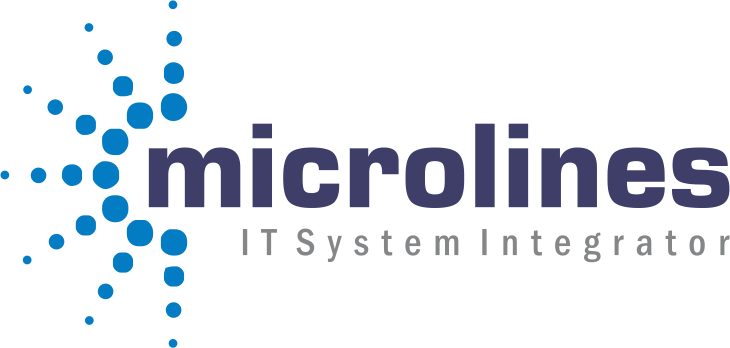
Intune is a cloud-based service that allows you to manage your devices and apps from anywhere, anytime. Intune helps you to secure your data, protect your devices, and empower your users with productivity tools. In this blog post, we will show you how to use Intune to manage your devices and apps across different platforms and scenarios.
First, you need to sign up for an Intune subscription or a Microsoft 365 plan that includes Intune. You can start a free trial or buy a subscription. Once you have an Intune subscription, you can access the Intune portal from the Microsoft Endpoint Manager admin Center.
Next, you need to enroll your devices into Intune. You can enroll devices that run Windows, iOS, iPad, Android, or macOS. Depending on the platform and the ownership of the device, you can choose different enrollment methods, such as automatic enrollment, self-service enrollment, or bulk enrollment. You can also configure enrollment restrictions and policies to control who can enroll which devices.
After enrolling your devices, you can use Intune to manage them remotely. You can perform actions such as lock, wipe, reset, restart, or sync your devices. You can also monitor the device status, compliance, and health from the Intune portal. You can apply device configuration profiles and compliance policies to enforce settings and rules on your devices. For example, you can require a PIN or password, encrypt the device storage, or block access to certain features.
In addition to managing your devices, you can also use Intune to manage your apps. You can deploy apps to your devices using Intune app management. You can choose from different types of apps, such as web apps, store apps, line-of-business apps, or Microsoft 365 apps. You can also assign app protection policies to protect your app data from unauthorized access or leakage. For example, you can require app encryption, prevent copy, and paste, or restrict app access based on location.
Finally, you can use Intune to manage different scenarios that suit your business needs. For example, you can use Intune to:
– Manage shared devices that are used by multiple users in a kiosk or classroom setting.
– Manage personal devices that are enrolled in a bring-your-own-device (BYOD) program.
– Manage corporate-owned devices that are fully managed by the organization.
– Manage co-managed devices that are managed by both Intune and Configuration Manager.
– Manage app-only scenarios that do not require device enrollment.
As you can see, Intune is a powerful and flexible tool that can help you manage your devices and apps across different platforms and scenarios. Learn more about Intune or get Intune project, write us at [email protected] or leave a comment below. Microlines InfoTech is a certified Microsoft partner with extensive experience in helping businesses migrate to Intune. We can help you plan, execute, and optimize your Intune with ease and confidence.
